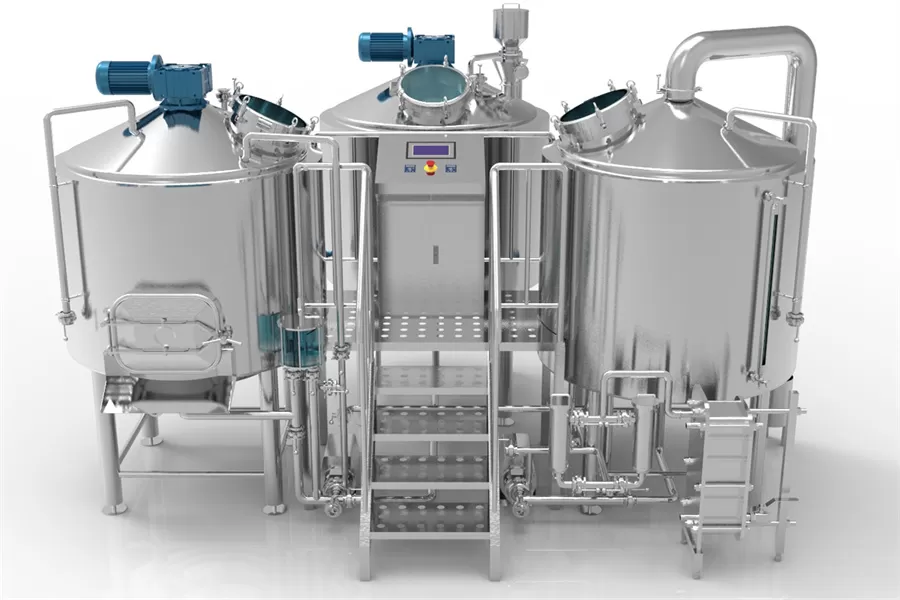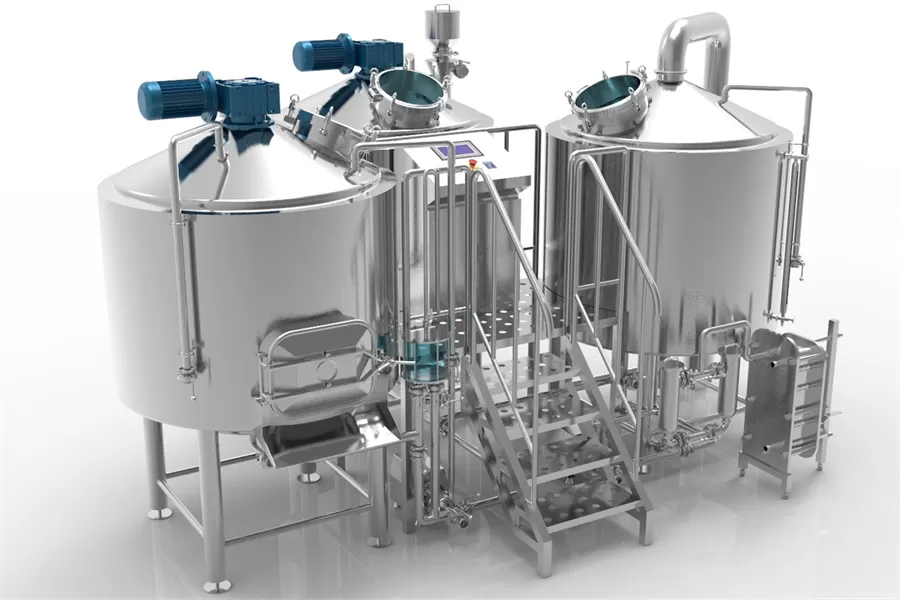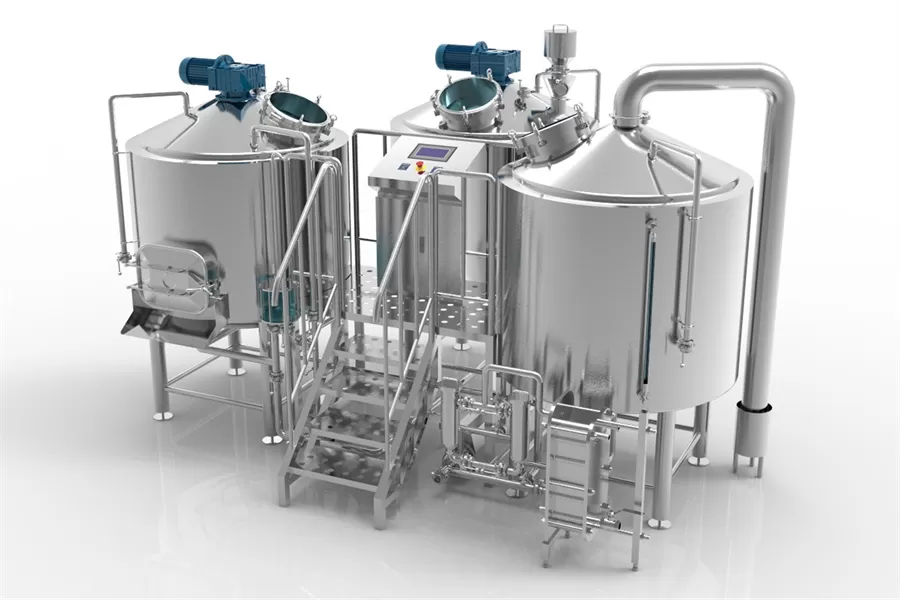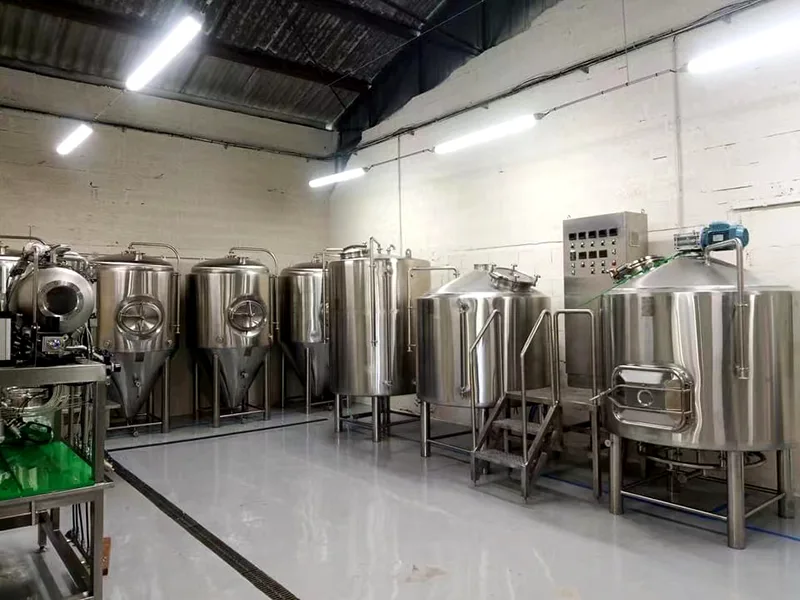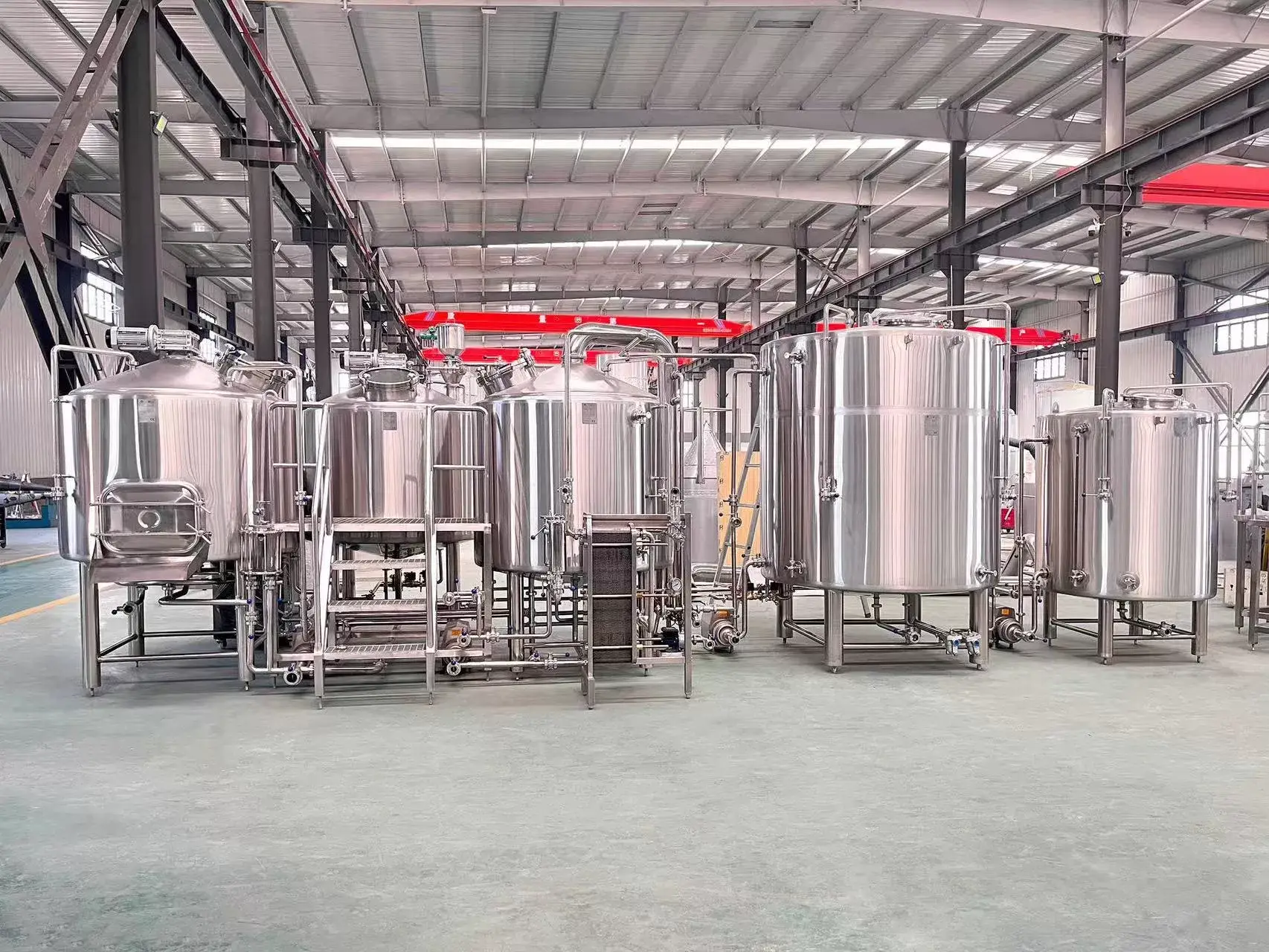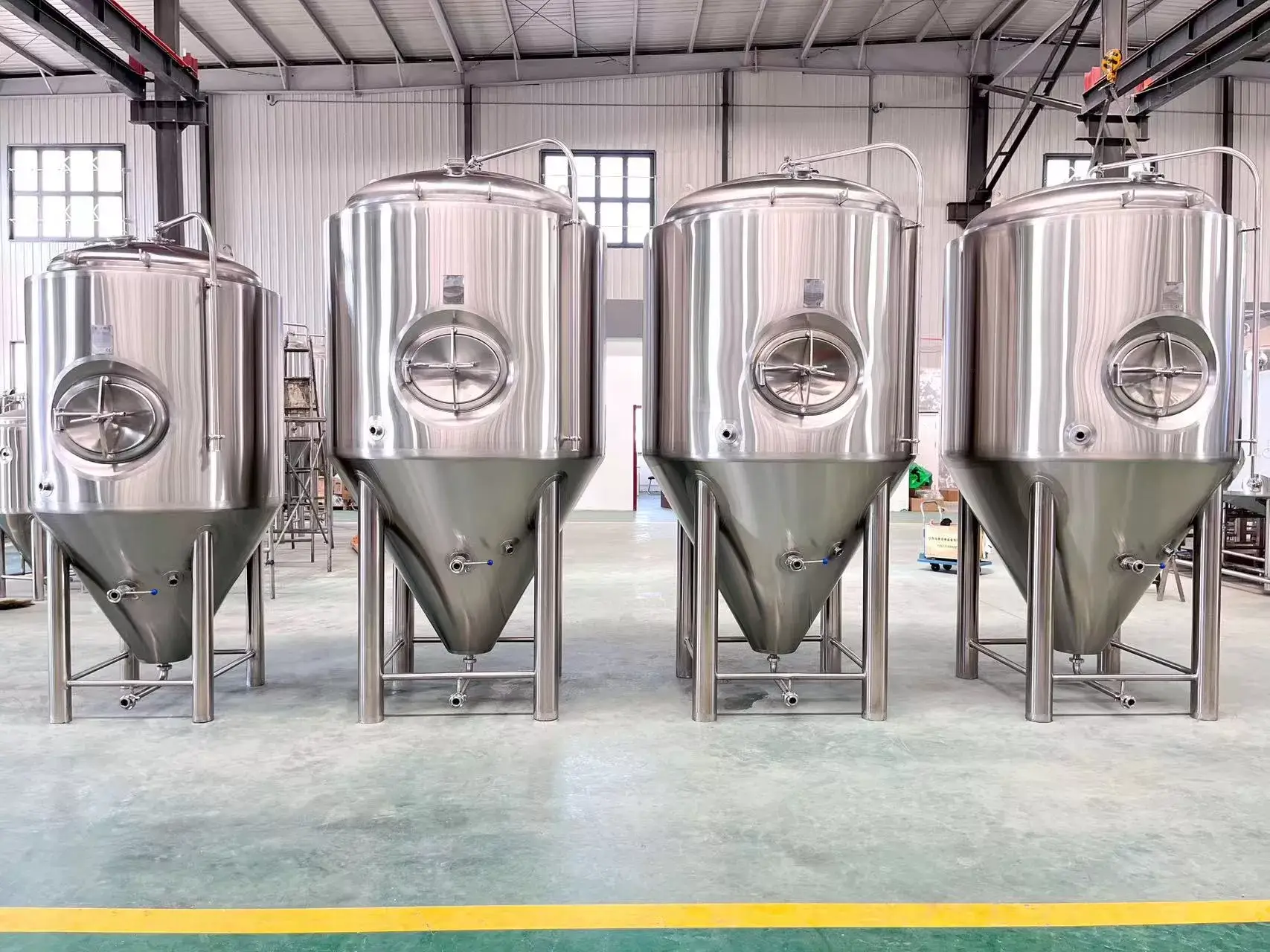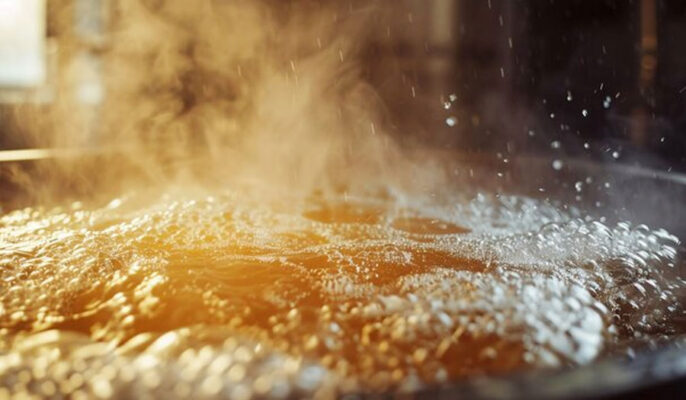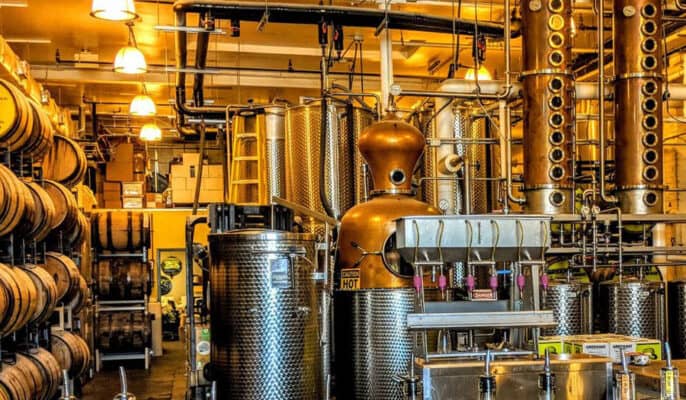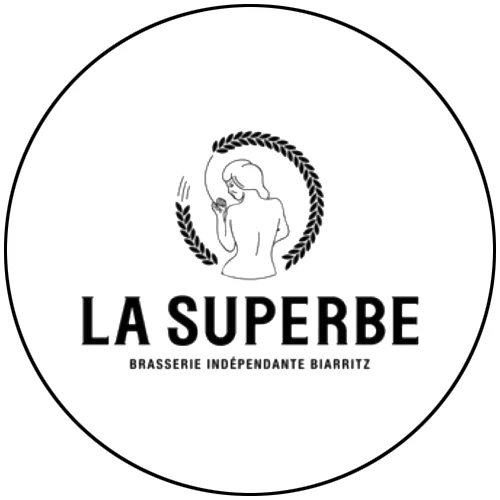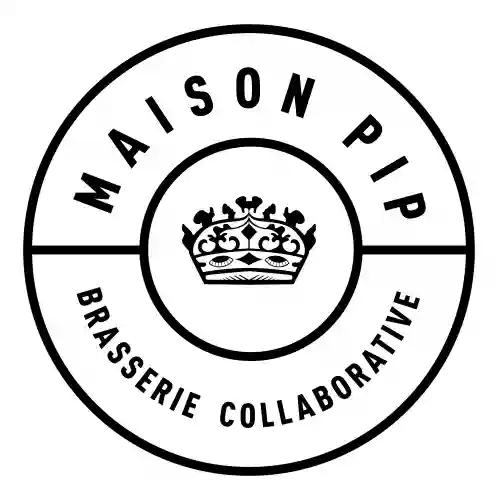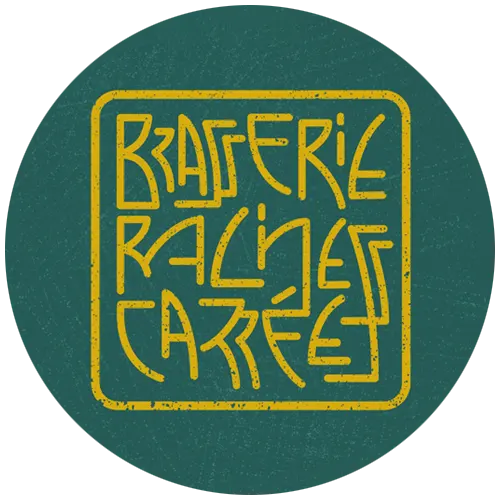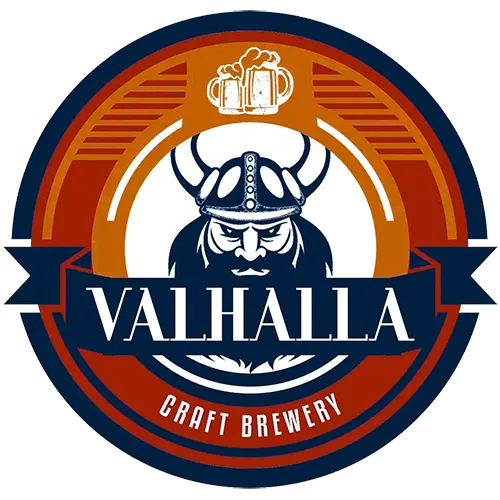What design advantages does our brewery equipment have?
Brewhouse design as per customer brewing method and brewing beer types can make beer highest to 33 Plato.
Energy saving, higher brewing efficiency and lower material consumption, higher wort wort extract
Fully automatic mash, wort, water flow and automatic temperature control
Well designed steam system to increase heating efficiency and lower energy lost
Specially designed jackets on both body and cone to ensure heating and cooling efficiency
Bigger headspace, the cover headspace volume is calculated separately and extra.
The inner tank body and the lower cone are equipped with dimple steam heating jacket, which meets the requirement of mash heating and heating rate ≥1℃/min. The two heating jackets are independently controlled.
Through the Pt100 temperature sensor and the steam pneumatic control valve, can realize multiple step-by-step automatic saccharification. and ensure effective evaporation.
The feeding water volume, water temperature and material-water ratio are precisely controlled;
Choosing a Reliable Supplier
With numerous equipment manufacturers to choose from, selecting a high quality brewery supplier is key.
Factors to Consider
| Parameter |
Description |
| Years in Business |
Look for 10+ years of operating experience |
| Reputation and Testimonials |
Ask for references to contact on product experience |
| Custom and Replacement Parts Capability |
Support for add-ons and obsolete parts issues later |
| Fabrication Quality and Lead Time |
Avoid very low cost fabricators with long lead times |
| Experience with Breweries Your Scale |
Customized solutions for business model and production goals |
| Warranties |
Compare workmanship and replacement part warranties across vendors |
| Site Survey, Drawings, approvals |
Clear project scope and design reviews |
| Installation Services Offered |
Full solution vs outsourced contracting |
Purchasing through a qualified supplier reduces equipment issues down the line and provides long term support.
Pros and Cons of 3 Vessel Breweries
Advantages
- Flexible production scale – can expand over time
- Compact layout for small spaces
- Allows superior mash filtration and wort clarity
- Energy efficient boiling and heating
- Lower operating costs than 4 vessel design
- Easier cleaning than traditional setups
- Simple design results in greater uptime
- Maintenance friendly with accessible parts
- Wide range of automation options available
Disadvantages
- Additional valves required versus 2 vessel systems
- Overflow risk gravity feeding between vessels
- Open vessel design allows some oxygen exposure
- Limited temperature control compared to modern automated brewhouses
- Quality dependent on third party installation and utility connections
- High output filtration systems may still be required
For most small and midsize breweries, the affordability and quality output outweighs the minor disadvantages compared to 4 vessel or mega-brewery alternatives.
Comparison Between 2, 3 and 4 Vessel Setups
Making an informed decision on selecting a 2, 3 or 4 vessel brewery system depends on business objectives, space constraints, and budgetary limits.
Comparing key differences helps determine the most suitable option:
| Parameter |
2 Vessel |
3 Vessel |
4 Vessel |
| Capital Cost |
inquiry now |
inquiry now |
inquiry now |
| Typical Scale |
Homebrew to Micro |
Pub to Regional |
Large Production |
| Process Control |
Lowest |
Moderate |
Maximum |
| Automation Capability |
Medium |
High |
Highest |
| Number of Transfers |
1 |
2 |
3+ |
| Real Estate Footprint |
Smallest |
Medium |
Largest |
| Utility Requirements |
Lower |
Moderate |
Highest |
| Internal Volume |
Fixed |
Flexible |
Highly Flexible |
| Overall Efficiency |
Lower |
Good |
Maximum |
| Final Filtration Need |
Highest |
Moderate |
Lowest |
| Ease of Expansion |
Hard |
Possible |
Simplest |
Understanding this trade-off across scales of operation allows selecting a suitable brewhouse configuration for long term business goals. Consult multiple equipment suppliers before final purchase.
Frequently Asked Questions
Q: What is the typical cost per barrel of a 3 vessel 10 BBL brewhouse?
A: For a fully automated 10 BBL 3 vessel brewhouse, cost per BBL is approx $5000 – $10,000 depending on accessories and installation expenses at the facility.
Q: Does a 3 vessel system require a glycol chiller?
A: For good temperature control, a 3 vessel brewery works best with a dedicated glycol chiller. It keeps the mash tun cooled and wort chilled before pitching yeast.
Q: What size boiler is needed for a 15 BBL 3 vessel brewhouse?
A: A boiler system providing 2000-3000 lbs per hour of 150 psig steam is recommended for a 15 BBL 3 vessel brewery. Fuel type can be gas or electric depending on energy source availability.
Q: Can the vessels be configured for tandem operations?
A: Yes, with sufficient space and valving it is possible to have staggered overlapping brews utilizing the vessels in a semi-continuous operation rather than single batch mode.
Q: Does the mash tun need a separate heating system?
A: Some 3 vessel breweries have provision for steam injectors or secondary heating elements in mash tuns to support mash temperature during recipes with large grain bills or adjuncts.
Q: How many people are needed to operate a 7 BBL 3 vessel manual brewhouse?
A: For an easy single brewer operation, look at a pilot system around 3 BBL size. Above 5 BBL capacity, an assistant brewer becomes more necessary on brew days.
Q: Should boiling be done in the mash tun or a separate boil kettle?
A: A dedicated boil kettle allows more stable temperatures, prevents scorching, reduces equipment fatigue and allows continuous hopping for improved quality.
Q: What is the typical height requirement for a 30 BBL 3 vessel brewhouse?
A: With a 18-20 ft boil kettle, pipe manifolds and catwalks, the floor to ceiling height should be 28 ft for a large 30 BBL capacity 3 vessel system.




